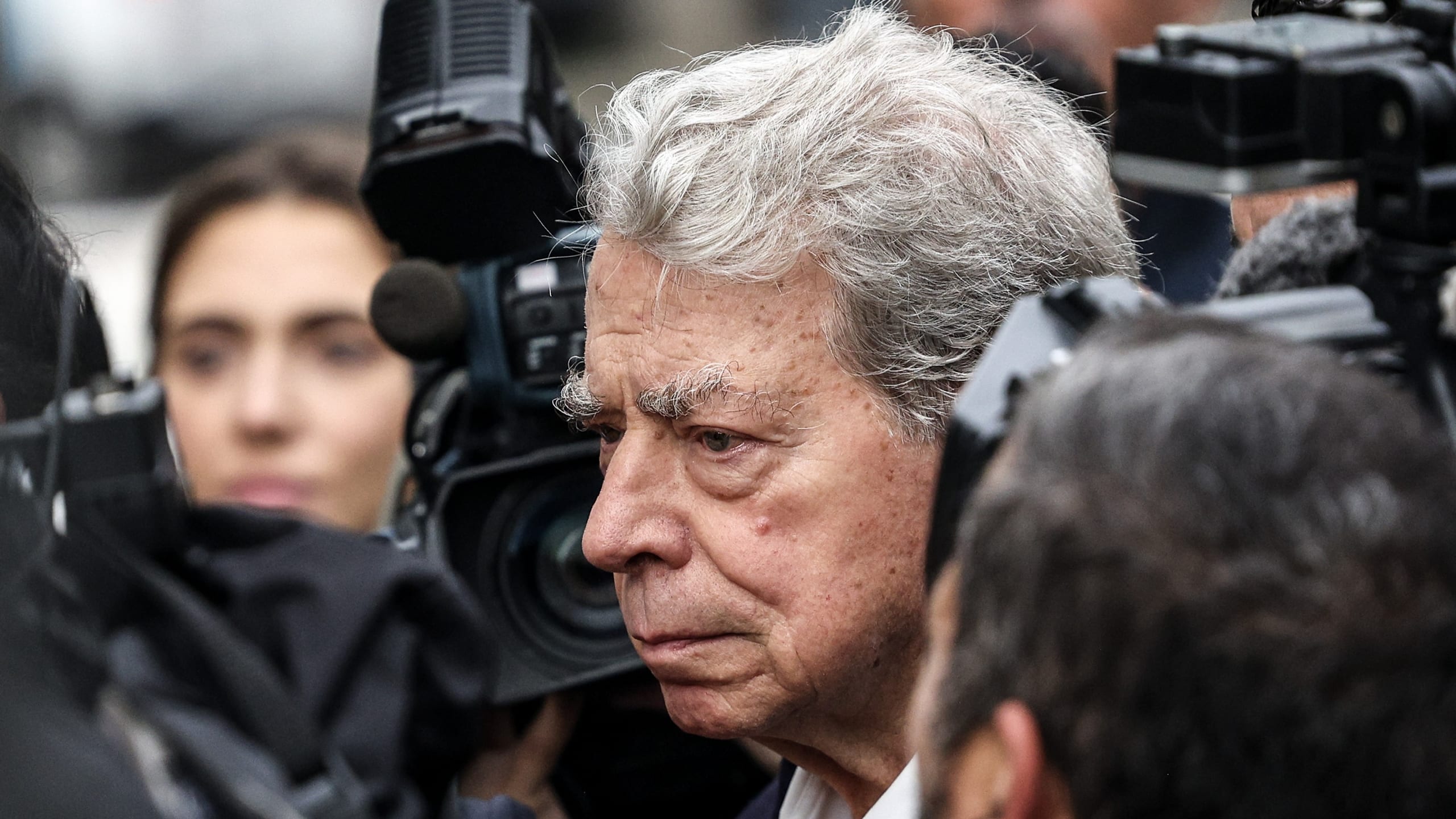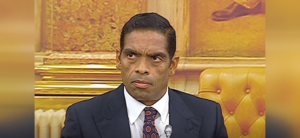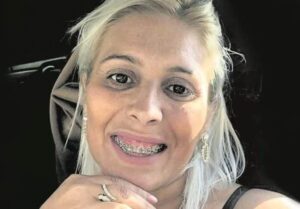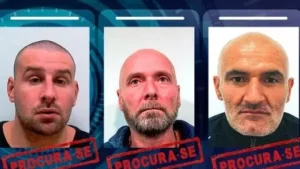Victims arrive with hearse: “They killed our savings, now it’s time for justice”
More than 10 years on from the shockwaves caused by the implosion of the Espírito Santo banking empire, the trial of those suspected of having knowingly caused it has opened at Lisbon’s Campus de Justiça, larded with drama.
Even before the doors of the courts opened, victims were demonstrating outside, dressed in black, with a hearse on which they had placed a photograph of the principal defendant, former president of the Espírito Santo Group, Ricardo Salgado – a man now diminished by Alzheimer’s disease.
As well as the photograph, the hearse carried the message: “They killed our savings, now it’s time for justice”.

On the other side of the road, there were more placards and banners, alluding to the ‘victims of Novo Banco’ (the good bank that ‘rose’ from BES’ ashes, but left many investors behind).
Speaking to Lusa news agency, president of the Association for the Defence of Bank Customers (ABESD), Francisco Carvalho, said the initiative was intended to ‘draw attention to the 1,900 victims who have not had any kind of solution’.
“These are victims who have lost their life savings because they believed in two entities, Banco Espírito Santo and the Portuguese state, in which Portugal was one of the safest countries in which to make their savings, their investments, their deposits (…) And the state failed to ensure this good supervision and Banco Espírito Santo committed one of the biggest crimes in Portuguese financial history,” he said.
According to Francisco Carvalho, the trial that begins today ‘is the rekindling of hope’.
“We believe that justice may be slow, but it is deep. We believe very much in Portuguese justice. We believe in this court, in any court, we’re comfortable, but we can’t help but show our presence, use the presence of journalists as mediators between the victims, civil society and the country, because this is unrepeatable. This started 14 years ago, when there was a perfectly rotten institution and nobody knew about it,” he said.
As the morning progressed, there were more uncomfortable scenes: a clearly vulnerable Ricardo Salgado was upbraided by one of the many victims in the crowd. Supported by his defence lawyer, taking small, uncertain steps as he was led inside the court room by his wife, it was more than clear that this is a man who can no longer be ‘pursued’ for his actions (as he clearly doesn’t remember them).
The judge nonetheless has insisted that he faces trial with all the other defendants. “Only in the case of condemnation will the execution of penalty be discussed”, explain reports – and that condemnation will almost certainly take years.
Thus today was a kind of ‘opening performance’ of a play, a bit like Agatha Christie’s Mousetrap, that will run for a very long time. Almost certainly – as has happened in other major Portuguese cases involving corruption – defendants will die (or become seriously ill) before there is a conclusion. And whether victims will really ever see a return of their lost hopes and dreams, well, the jury is definitely out on that point.
The Public Prosecutor’s Office is arguing that Ricardo Salgado appropriated other people’s assets in the collapse of the Espírito Santo Group (GES) in 2014 and exercised power ‘autocratically’.
In the introductory statements made today, prosecutor Carla Dias recalled only a few of the facts that were included in the indictment of more than 4,000 pages handed down in 2020, given the limit of 15 minutes to make her statement, assuming that the trial will go on ‘for a significant amount of time’.
Says Lusa, “for the team of prosecutors, the aim is to prove that the governance of GES was exercised autocratically by Ricardo Salgado and that the former banker, with the aim of supporting the non-financial area, being able to distribute liquidity as he saw fit and build up shareholder positions, managed to appropriate third party assets”.
Recalling that the “indictment is very extensive, with different jurisdictions and that the way in which the facts were executed is undoubtedly complex”, prosecutor Dias emphasised that Ricardo Salgado gave orders to “a restricted group of people, now defendants”, so that GES would be immune in financial terms, despite the fact that the group’s international holding company (ESI) had been insolvent since 2009.
“The entire GES restructuring programme presented to markets was based on feet of clay. It was only in July 2014, according to the survey carried out after Ricardo Salgado’s departure, that the management became aware of the historic losses. The resolution of BES followed the process that was already underway and the dominos started falling”.
But 10 years on, proving this case, against Ricardo Salgado and so many others, cannot change the fact that Mr Salgado is no longer the ‘tough man at the top’. His defence lawyer Francisco Proença Carvalho stressed that “a black page has been opened in Portuguese justice to the whole world.
“Perhaps in Russia this would be acceptable”, he said, referring to the heckling, the insistence of such a diminished figure being paraded before crowds when medical reports prove that he no longer has the capacity of answering “minimally complex questions” – but in Portugal it definitely should not be.
As Proença e Carvalho told the BES Commission of Inquiry: “When a leopard dies, it leaves its skin behind. And when a man dies, he leaves his reputation”. The former ‘boss-of-all-this’ is not dead, but he will no longer be the one defending his reputation, writes Expresso, adding that this was the first and possibly only time Ricardo Salgado will be appearing at the trial.
Now will come the days, weeks, months of evidence, arguments and counter arguments, while thousands of people who lost money remain victims, with no assurances that this status will ever change.
Source material: LUSA/ Expresso/ SIC Notícias

























